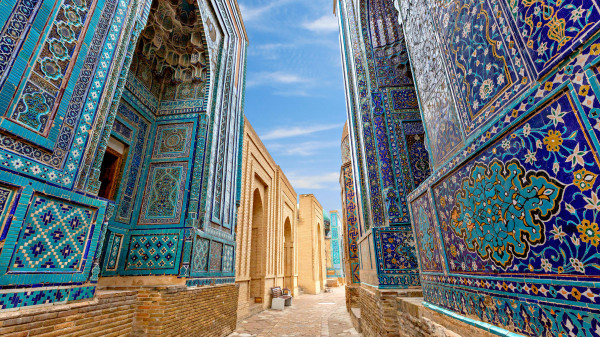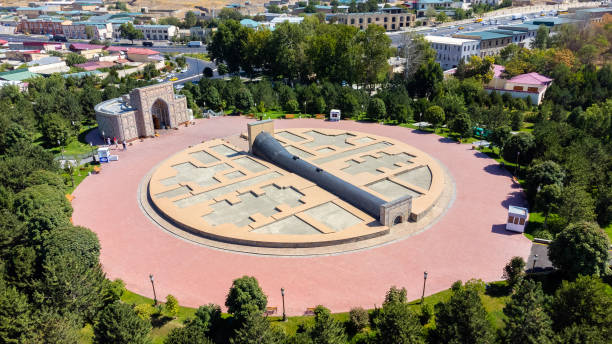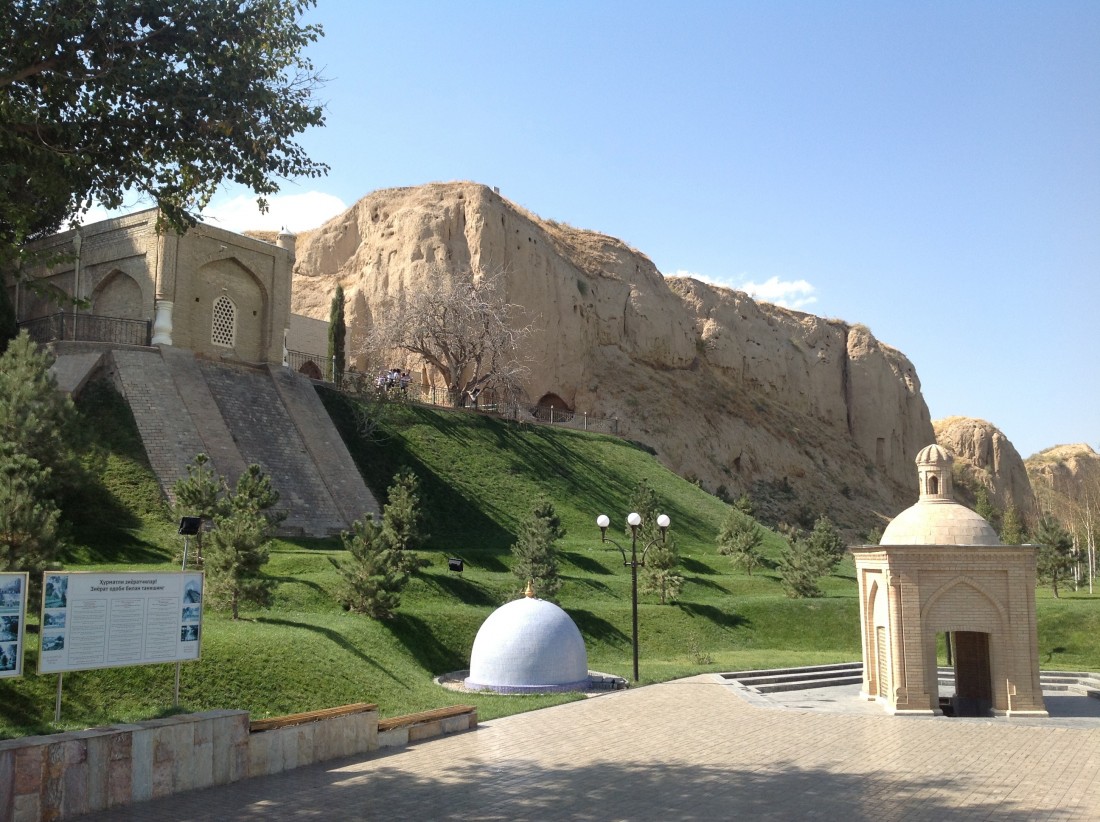History of Samarkand
8th Century BC
Founded as Marakanda, Samarkand becomes the capital of Sogdiana, as noted in the Zoroastrian 'Avesta.'
3rd–7th Century
During the Sasanian era, Samarkand remained a key cultural and trading hub of Central Asia.
329 BC
Alexander the Great conquers Samarkand, highlighting its strategic value along the Great Silk Road.
9th–10th Century
Under the Samanid Empire, Samarkand flourishes as a center of science, medicine, and literature in the Islamic Golden Age.
14th Century
Amir Timur makes Samarkand the capital of his empire, ushering in a golden age of culture and architecture.
Landmarks & Wonders
Discover Samarkand’s architectural masterpieces, adorned with intricate tilework and majestic domes.
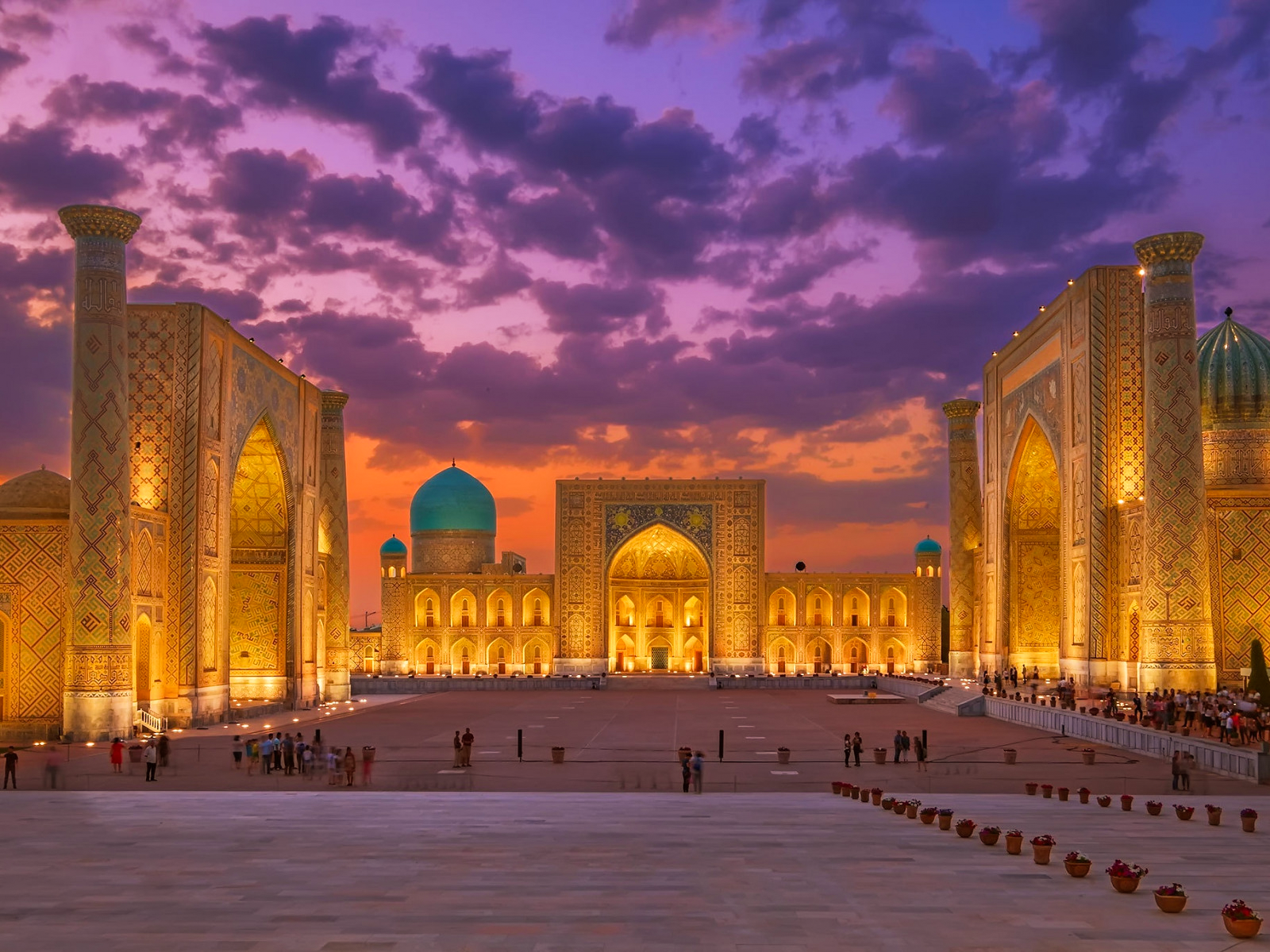
Registan Square
A UNESCO World Heritage Site, featuring the Ulugbek (1420), Sherdor (1636), and Tillya-Kari (1660) madrassahs.
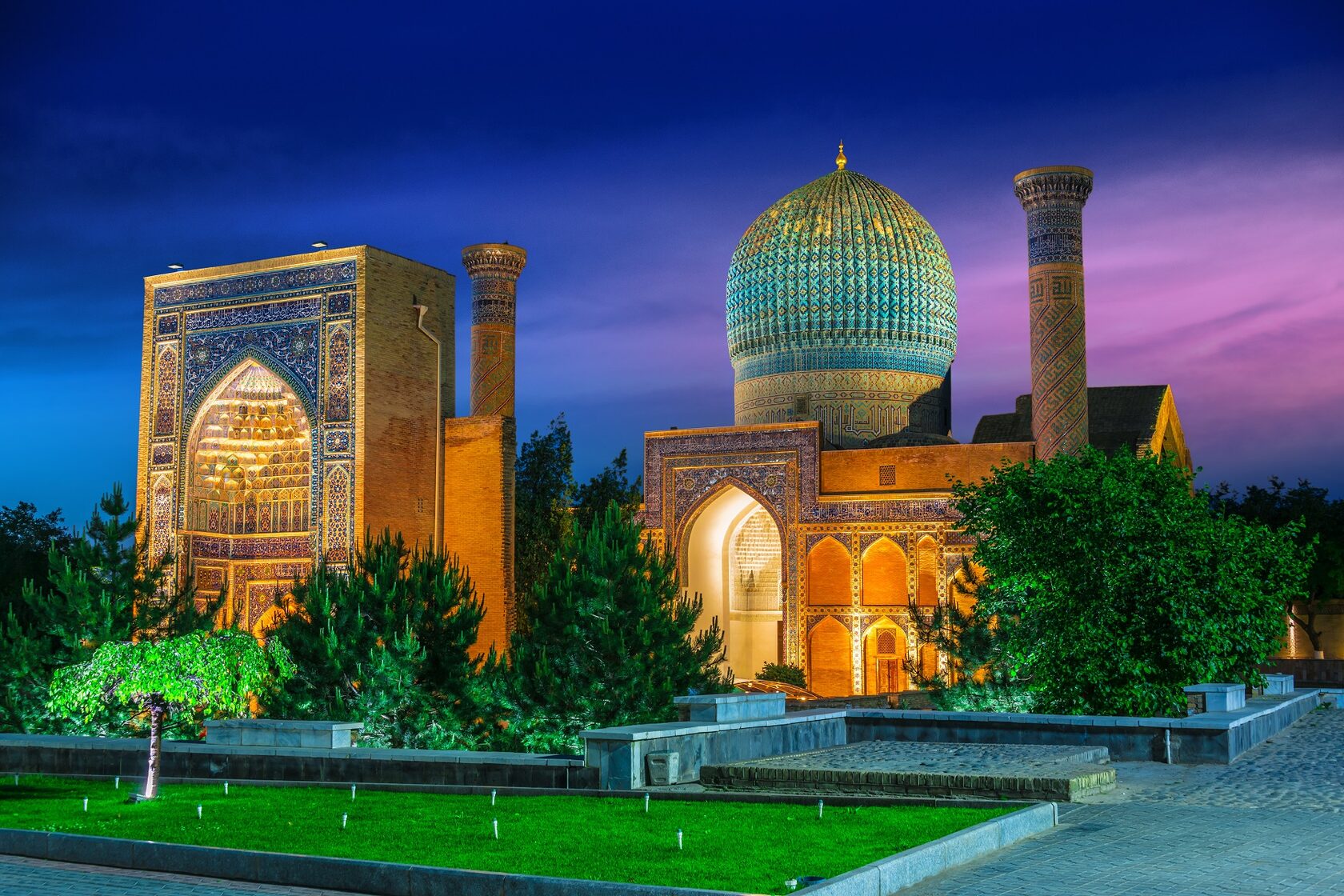
Gur-Emir Mausoleum
Built in 1404, this mausoleum houses Amir Timur’s tomb, famed for its turquoise dome.
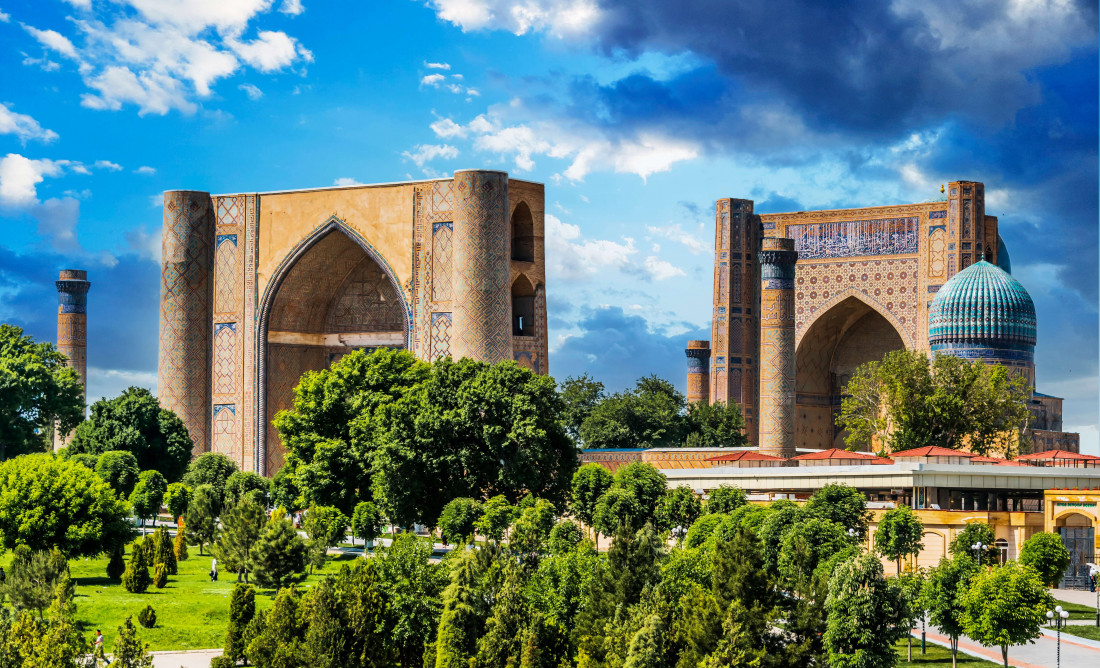
Bibi-Khanum Mosque
Constructed in 1404 for Amir Timur’s wife, featuring a grand stone Quran platform.
Museums of Samarkand
Explore Samarkand’s rich heritage through its museums, preserving ancient artifacts and stories.
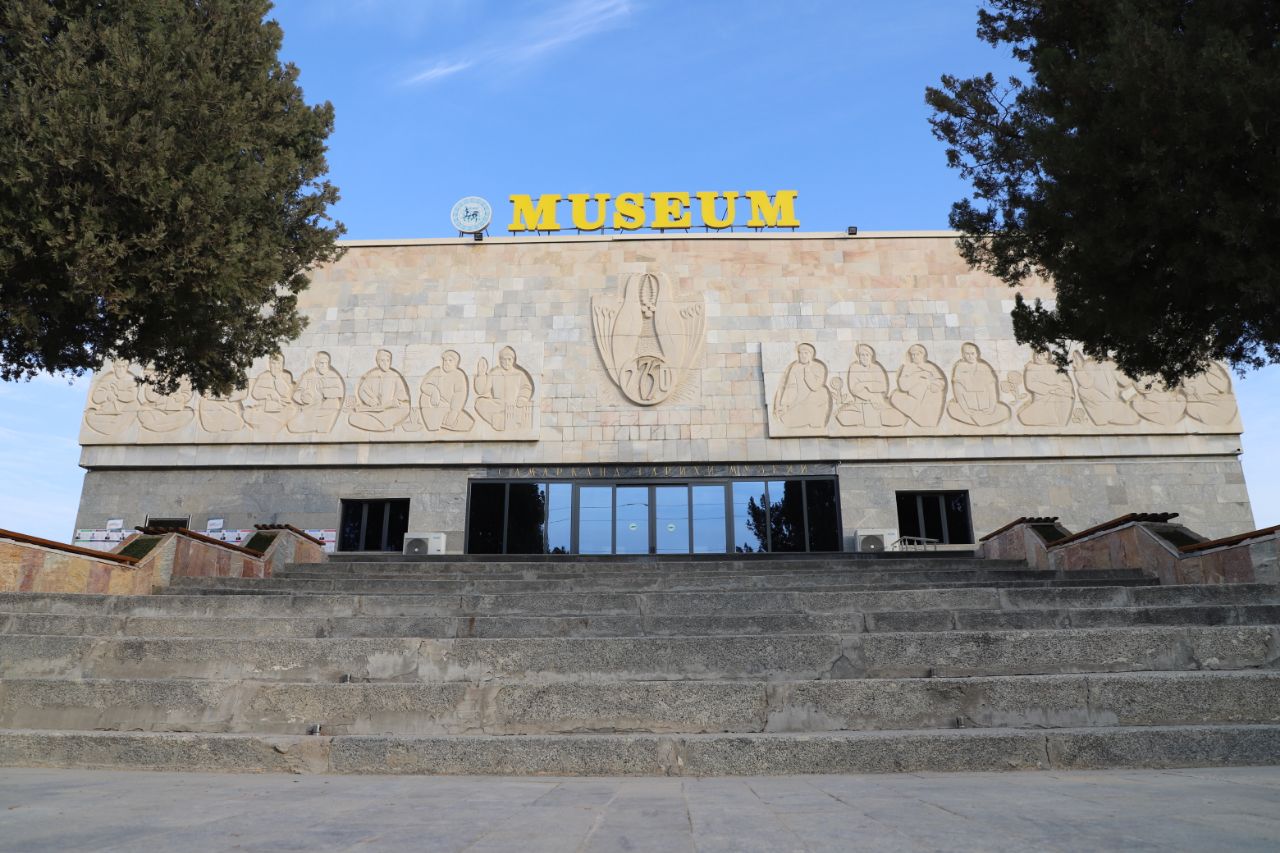
Afrosiab Museum
Showcases 8th-century BC artifacts, including Samanid palace frescoes, near the ancient Afrosiab site.
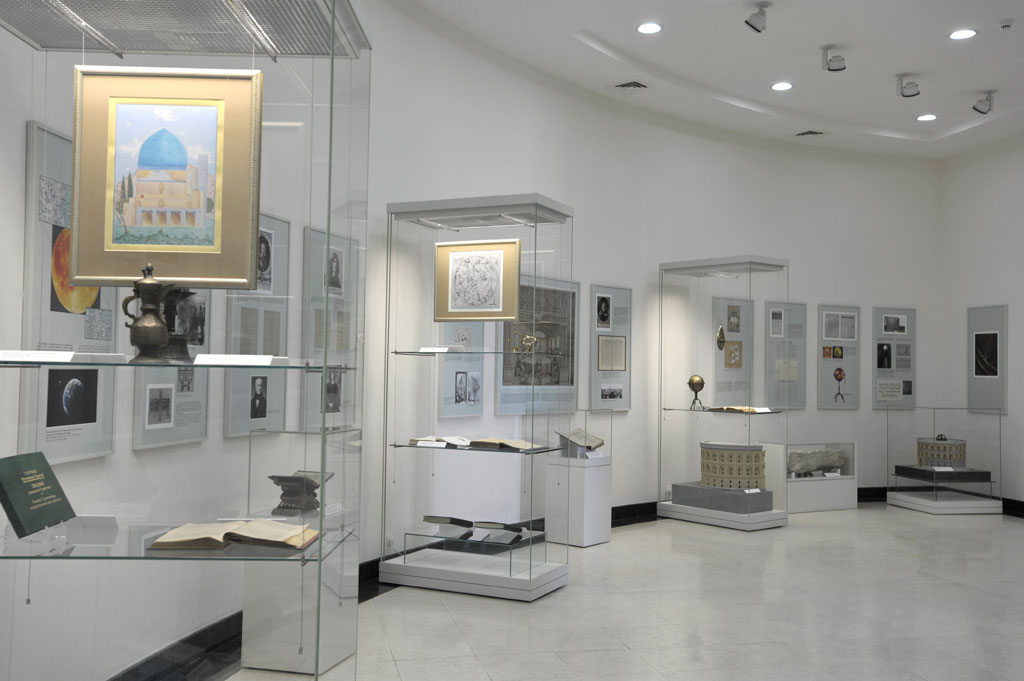
Ulugbek Observatory Museum
Highlights Mirzo Ulugbek’s 15th-century astronomical achievements with a reconstructed observatory.
Visual Splendor
Immerse yourself in Samarkand’s vibrant beauty through these captivating images.
